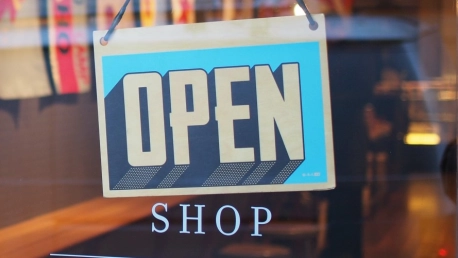Inflation continues to rise in the US, having already reached a rate of 8.6% in May—the highest level seen in the last forty years according to the Labor Department. The consumer price index (CPI) for the same month shows that the cost of living was also up one basis point from April, as prices for housing, gas and food increased across the board. While both consumers and retailers are now hoping that the inflation rate will finally start to drop to normal levels in the second half of the year, high energy costs linked to sanctions against Russia are now making this scenario less likely.
Inflation is not just a consequence of the growing geopolitical crisis in Eastern Europe. It is also a consequence of the pandemic, and of the numerous problems it caused globally, its negative economic impact started with supply chain issues. Moreover, with more and more people in the US and abroad paying higher prices for food, energy and services, declining consumer confidence is to be expected in 2022. While this could hinder economic growth, some experts remain optimistic and predict a brighter future for both retailers and consumers. And against this backdrop, an unusual question arises: Could annual retail sales grow despite the rising inflation rate?
The Main Struggle for the US Is Inflation
According to President Joe Biden, fighting inflation is now one of the most important economic priorities of his administration. The President noted that Americans are anxious and that they have various reasons to be worried, considering that gasoline and food prices have increased dramatically. However, he went on to say that the American economy has special advantages that can be used during these hard times. He also stated that the job market is currently at its strongest since World War II—making the US economy capable of withstanding inflation.
The President promised that his administration will do its best to lower prices for Americans, and he also mentioned that other problems, such as supply chain issues, have already been addressed. “Today, there are about 40 percent fewer containers clogging the docks for long periods of time than there were last November,” he added. Even so, retail sales fell 0.3% in May as gasoline prices rose to unexpected levels and the inflation rate continued to climb. According to Reuters, retailers like Walmart and Target subsequently changed their profit forecasts to indicate expectations of a drop in demand.
Why Annual Retail Sales Could Actually Grow
Although giant retailers like Walmart and Target seem to be bracing for lower than expected profits at the end of the year, the National Retail Federation’s (NRF) forecast remains optimistic. According to the NRF, annual retail sales could grow between 6% and 8% to more than $4.86 trillion in 2022. This message was delivered by the NRF during its annual State of Retail and the Consumer event, which had several retailers analyzing the state of the US economy and the future of retail. NRF President and CEO Matthew Shay stated that not only do American consumers have the resources to sustain this growth, but they also have the willingness to do so.
Much like President Biden, the NRF predicts strong job and wage growth in the near future, as well as a significant drop in unemployment rates. However, full-year GDP growth is expected to be slower in 2022—amounting to approximately 3.5 percent—as inflation, the current monetary policy, and limited fiscal stimulus are still problematic for the US economy. Shay goes on to say that annual retail sales will actually grow despite these issues because consumer confidence remains strong and continues to fuel an expansion in sales, “notwithstanding risks related to inflation, COVID-19 and geopolitical threats.”
Overcoming Economic Risks
Many economic risks have plagued both consumers and retailers since the beginning of the pandemic. From dealing with a healthcare crisis to solving specific problems—such as supply chain issues—returning to normal means returning to change. However, consumer confidence has remained strong during these hard times, fueling economic growth and stability. And regarding annual retail sales: It is consumer confidence that might, once again, steer the economy toward stability.









